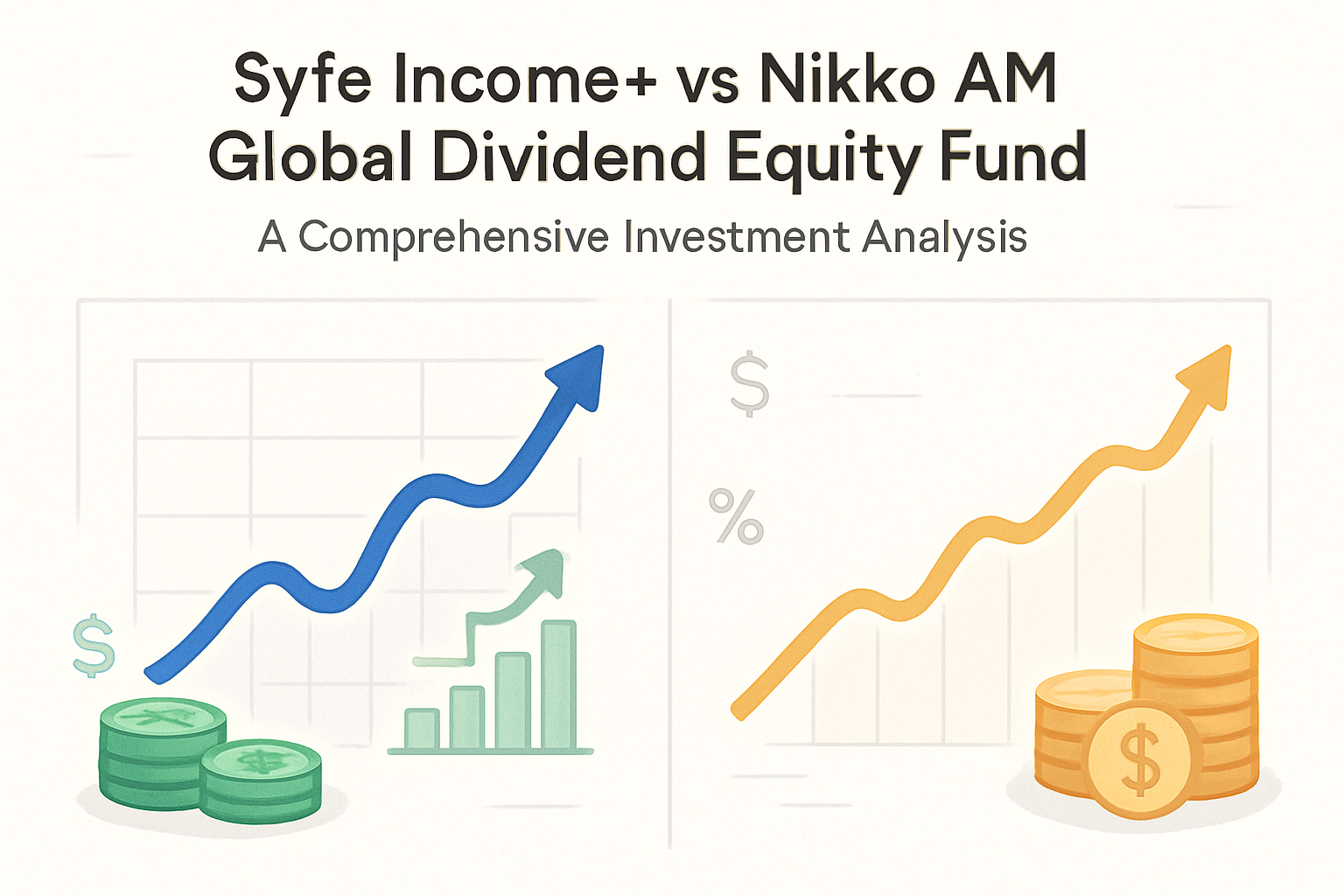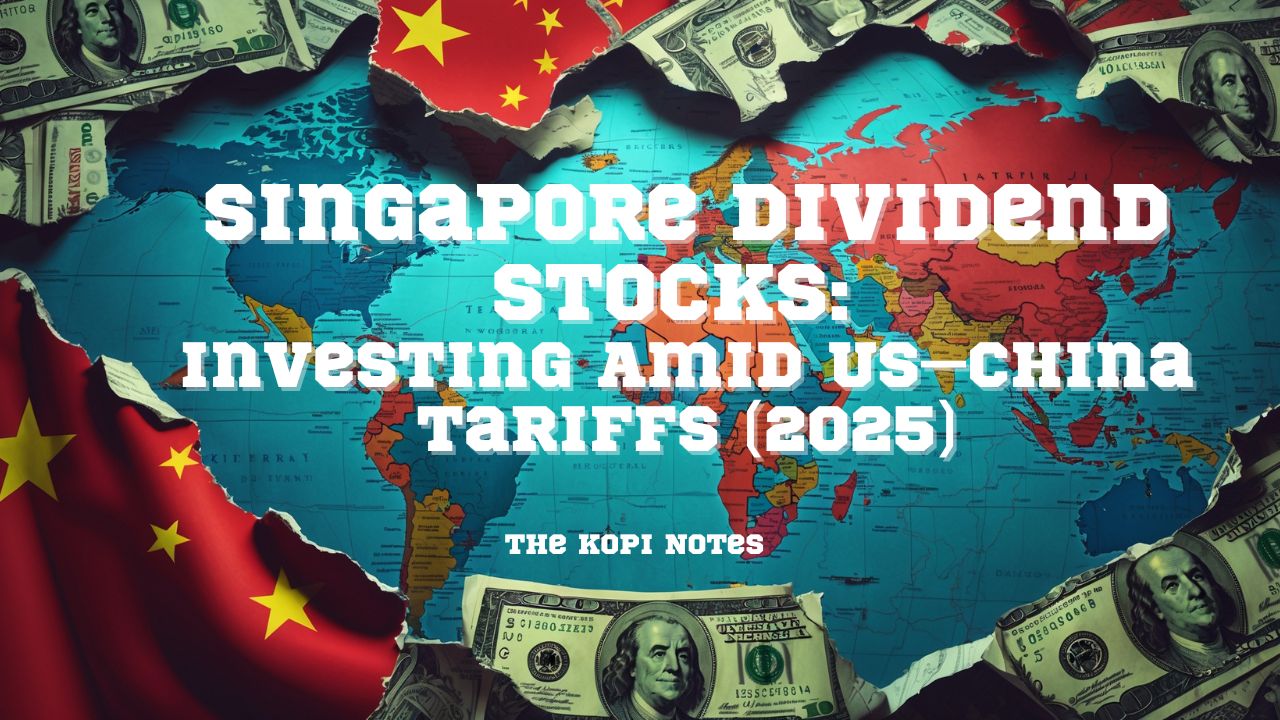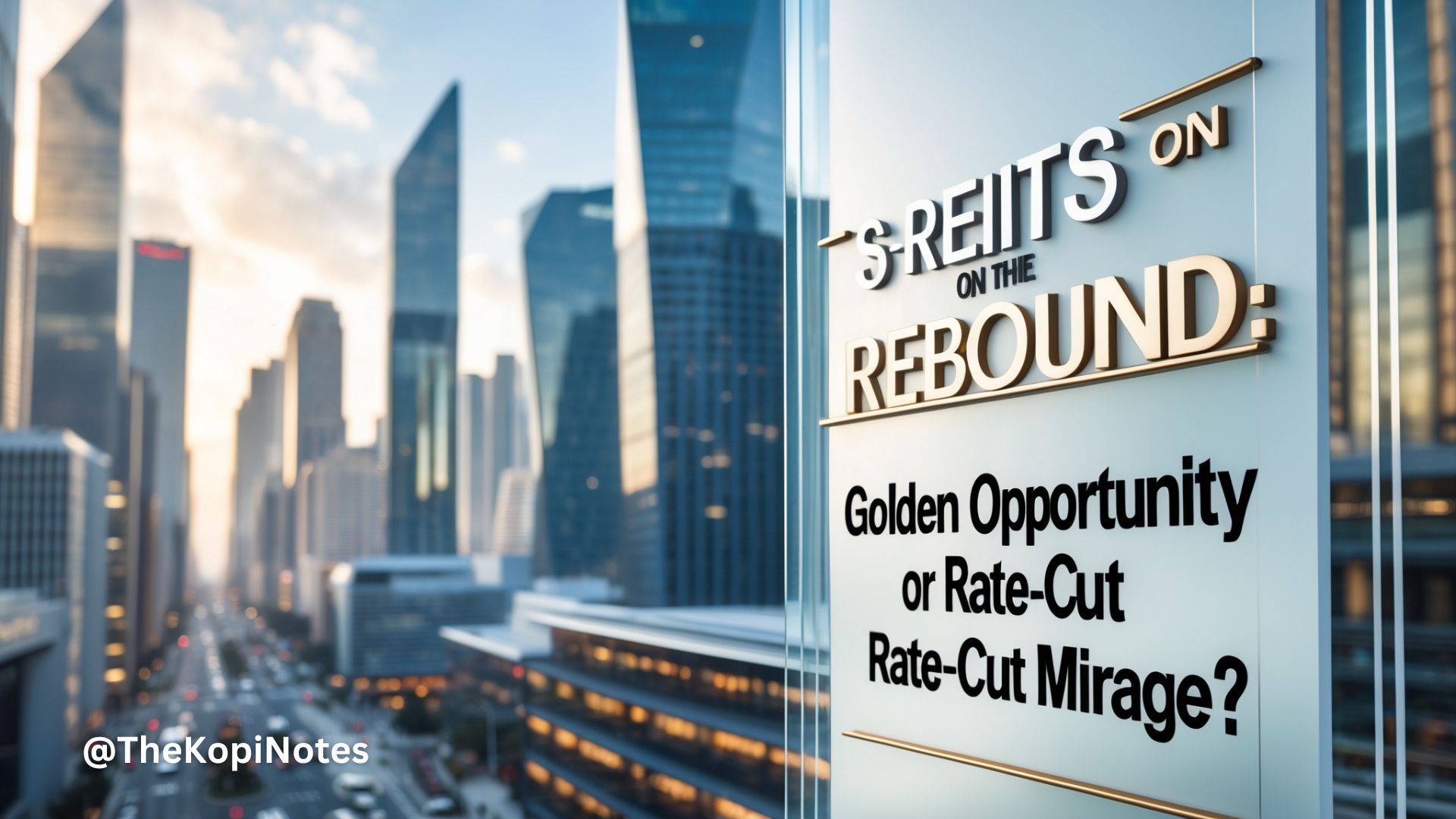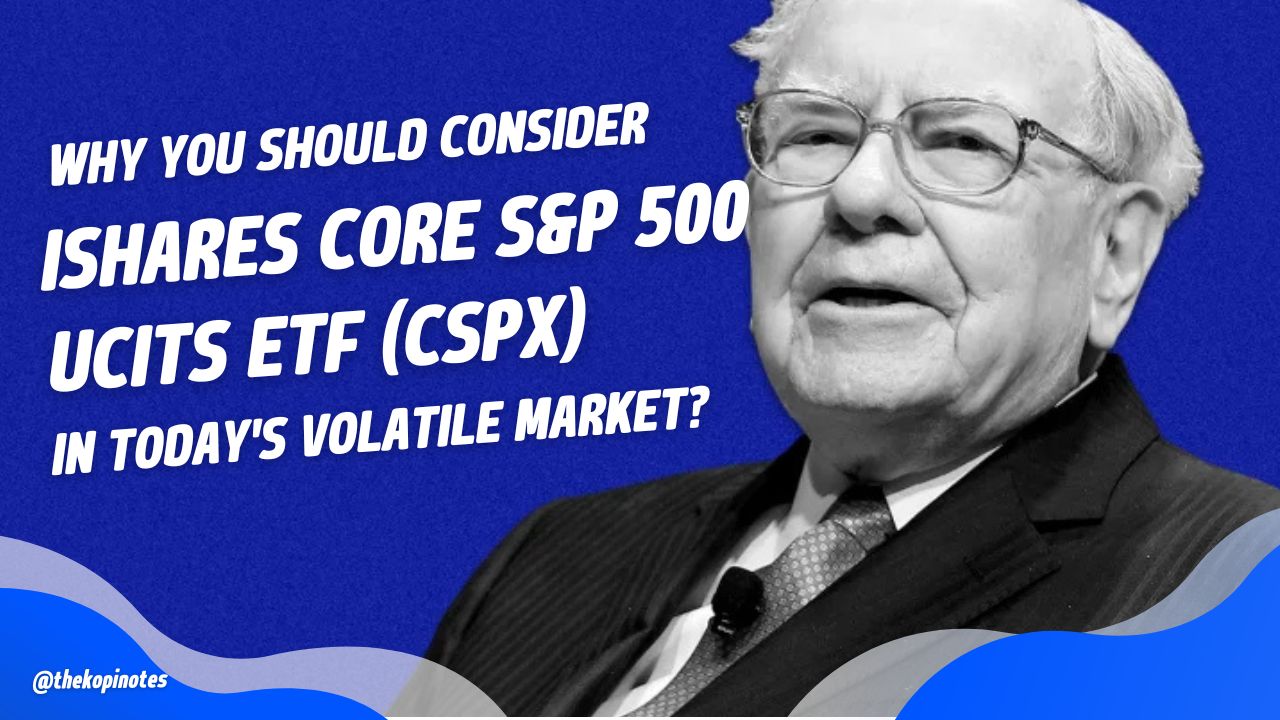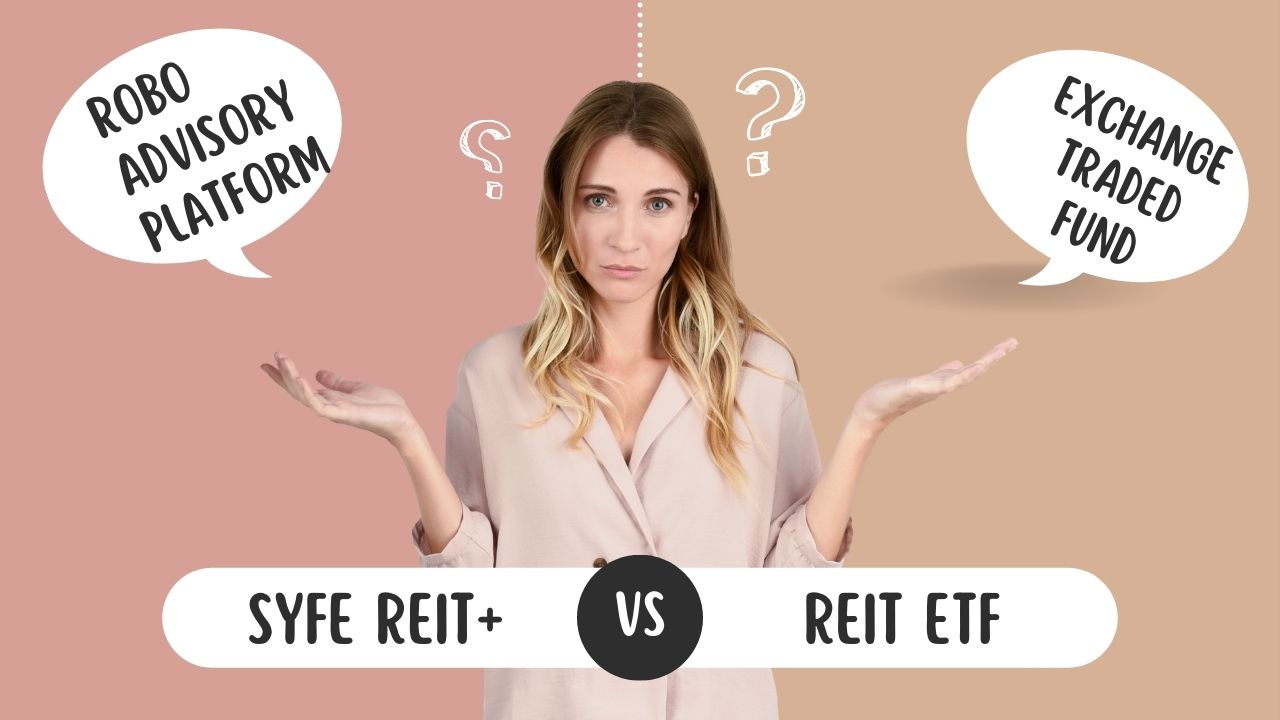The relationship between U.S. government healthcare policy and healthcare stock performance represents one of the most significant intersections of regulatory policy and market dynamics in modern finance. Government involvement in healthcare policy profoundly influences stock prices of healthcare companies, as evidenced by the dramatic market reactions to regulatory changes and the substantial long-term performance gains in healthcare stocks following major policy implementations. The Health Care Select Sector SPDR ETF (XLV), which serves as a benchmark for healthcare stock performance, has demonstrated remarkable resilience and growth potential despite regulatory pressures, rising approximately 387% between the Affordable Care Act’s passage and recent periods4. However, recent bipartisan legislative efforts targeting pharmacy benefit managers and ongoing regulatory scrutiny continue to create volatility in healthcare stock valuations, with major healthcare companies experiencing significant price declines of up to 5% in response to proposed policy changes3.
Government’s Foundational Role in Healthcare Policy
The United States operates a complex mixed healthcare system where government intervention plays a pivotal role in shaping market dynamics and industry profitability. The U.S. healthcare system does not provide universal coverage but functions as a hybrid model where publicly financed government programs like Medicare and Medicaid coexist with privately financed market coverage1. This dual structure creates a unique environment where government policy decisions directly impact both public program reimbursements and private market dynamics.
Government influence extends beyond direct program administration to encompass regulatory oversight, payment methodologies, and industry structure requirements. As of 2019, approximately 35% of Americans relied on government-funded healthcare programs, with 20% on Medicaid, 14% on Medicare, and 1% on other public forms of insurance such as Veterans Health Administration and Military Health Service1. This substantial government involvement means that policy changes affecting these programs can immediately impact the revenue streams of hospitals, pharmaceutical companies, and other healthcare providers.
The Centers for Medicare & Medicaid Services (CMS) serves as a particularly influential regulatory body, implementing Congressional mandates while also evaluating and granting waivers to existing rules2. During periods of tight state budgets, CMS has been inundated with waiver requests seeking changes to public health programs, particularly Medicaid, often aimed at reducing spending on prescription reimbursements, long-term care facility admissions, and various ancillary services2. These regulatory decisions create ripple effects throughout the healthcare industry, affecting business models and profitability projections that directly influence stock valuations.
Medicare and Medicaid Payment System Reforms
Government payment methodologies significantly influence healthcare stock performance through their impact on provider reimbursements and operational efficiency requirements. Hospitals typically receive payments through diagnostic-related groups (DRGs), which assign set payment amounts for particular conditions or treatment sequences1. Changes to these payment structures, as implemented through various ACA provisions, have created both opportunities and challenges for healthcare companies.
The implementation of Accountable Care Organizations (ACOs) represents a fundamental shift in how government programs approach healthcare delivery and reimbursement. ACOs allow classified entities to share cost savings they achieve with Medicare while taking responsibility for the overall care of enrolled patients2. This model incentivizes quality outcomes and cost efficiency, potentially benefiting healthcare companies that can successfully adapt their service delivery models while penalizing those that cannot achieve the required performance metrics.
Value-based purchasing payment systems have established incentive-based programs for acute-care hospitals based on quality measures, with mandates for CMS to extend similar systems to home health care and long-term care providers2. These policy shifts create competitive advantages for healthcare companies that can demonstrate superior quality outcomes while maintaining cost efficiency, directly impacting their stock valuations based on their ability to thrive under these new reimbursement models.
Policy Impact on Healthcare Stock Performance
Healthcare stock performance demonstrates a complex relationship with government policy implementation, characterized by initial volatility followed by significant long-term gains for companies that successfully adapt to regulatory changes. The Affordable Care Act serves as the most comprehensive example of how major healthcare policy reforms can drive substantial stock appreciation over extended periods despite creating initial market uncertainty.
The transformation of healthcare stocks following ACA implementation reveals the market’s eventual recognition of the substantial opportunities created by expanded healthcare coverage. The legislation’s expansion of federal and state-funded Medicaid programs to insure larger populations of at-risk citizens created new patient volumes and revenue streams for healthcare providers2. This expansion, combined with individual mandate requirements and insurance marketplace establishment, fundamentally altered the demand dynamics for healthcare services and products.
Healthcare companies have benefited from reduced uncompensated care costs as previously uninsured patients gained coverage through ACA provisions. Hospitals, in particular, experienced improvements in their payer mix as emergency department visits by uninsured patients decreased while insured patient volumes increased. These operational improvements translated into enhanced profitability and cash flow generation, supporting higher stock valuations over time.
Pharmaceutical Industry Policy Responses
Government policy significantly influences pharmaceutical company stock performance through drug pricing regulations, Medicare Part D modifications, and research incentive structures. The elimination of deductions for employers’ subsidies for maintaining prescription drug plan coverage for retirees, combined with the continued phase-out of the Medicare Part D coverage gap, has created both challenges and opportunities for pharmaceutical companies2.
The infamous Part D coverage gap, commonly known as the “donut hole,” continues to close under ACA provisions, improving drug access for Medicare beneficiaries while potentially increasing prescription volumes for pharmaceutical companies2. However, these policy changes also create pressure for pharmaceutical companies to justify their pricing strategies and demonstrate value propositions that align with government cost-containment objectives.
Regulatory initiatives targeting long-term care pharmacy models demonstrate how specific policy implementations can force fundamental business restructuring within healthcare subsectors. CMS requirements that consulting pharmacists in long-term care facilities have no affiliation with the facility’s distributing pharmacy or pharmaceutical manufacturers represent significant structural changes that create opportunities for some stakeholders while presenting challenges for others2.
XLV Health Care Select Sector Analysis
The Health Care Select Sector SPDR ETF (XLV) serves as a critical benchmark for understanding how government healthcare policy impacts the broader healthcare stock universe. XLV’s composition reflects the diversified nature of the healthcare sector, with significant holdings in pharmaceutical giants, medical device manufacturers, health insurers, and biotechnology companies5. This diversification provides insight into how different healthcare subsectors respond to various government policy initiatives.
XLV’s impressive performance trajectory, rising approximately 387% between the ACA’s passage and recent periods, demonstrates the healthcare sector’s ability to generate substantial returns despite regulatory pressures4. This performance reflects the fundamental growth drivers created by government policy, including expanded insurance coverage, aging demographics supported by Medicare, and increased healthcare utilization encouraged by improved access.
The ETF’s top holdings reveal the market capitalization concentration within healthcare companies that have successfully navigated government policy changes. Eli Lilly and Company represents the largest holding at 11.90% of the portfolio, followed by Johnson & Johnson at 7.68%, AbbVie Inc at 6.83%, and UnitedHealth Group Inc at 5.65%5. These companies have demonstrated their ability to adapt business models to regulatory requirements while maintaining growth trajectories that justify premium valuations.
Sector Diversification and Policy Resilience
XLV’s diversified holdings across pharmaceutical, medical device, biotechnology, and health insurance subsectors provide resilience against sector-specific regulatory pressures. When government policies target particular healthcare segments, the ETF’s broad exposure allows it to benefit from positive developments in other areas while mitigating losses from negatively impacted segments.
The presence of UnitedHealth Group among XLV’s top holdings illustrates the complex relationship between health insurers and government policy. While insurers face regulatory pressures regarding medical loss ratios, benefit requirements, and pricing practices, they also benefit from expanded coverage mandates that increase their customer bases and premium revenues. This dual dynamic creates volatility in individual stock performance while contributing to overall sector growth.
Medical device and biotechnology companies within XLV benefit from government policies that encourage innovation and improve patient access to advanced treatments. Companies like Intuitive Surgical, Boston Scientific, and Thermo Fisher Scientific represent technology-driven healthcare segments that often experience government support through research funding, regulatory pathway streamlining, and reimbursement coverage for innovative procedures and diagnostics5.
Recent Regulatory Developments and Market Reactions
Recent legislative proposals targeting pharmacy benefit managers (PBMs) demonstrate the ongoing impact of government policy development on healthcare stock valuations. The bipartisan legislation sponsored by Senators Elizabeth Warren and Josh Hawley aims to force companies that own health insurers or PBMs to divest their pharmacy businesses within three years3. This proposal directly targets the integrated business models of major healthcare companies, creating immediate market reactions and long-term strategic implications.
The market’s response to the Warren PBM bill illustrates the sensitivity of healthcare stocks to regulatory proposals that threaten existing business models. Shares of UnitedHealth Group, Cigna, and CVS Health fell nearly 5% following reports of the legislation, reflecting investor concerns about potential revenue disruptions and competitive disadvantage creation3. These companies operate three of the nation’s largest private health insurers and PBMs while also owning pharmacy businesses, making them particularly vulnerable to forced divestiture requirements.
The bipartisan nature of the PBM legislation increases the probability of eventual passage, as it reflects broad political consensus regarding concerns about drug pricing manipulation and market concentration. PBMs have faced years-long scrutiny from Congress and the Federal Trade Commission over allegations that they inflate drug costs for patients to boost their profits3. This sustained regulatory pressure suggests that structural changes to the PBM industry may be inevitable, requiring affected companies to develop alternative business models and revenue streams.
Public Sentiment and Policy Momentum
The fatal shooting of Brian Thompson, CEO of UnitedHealth Group’s insurance arm, has intensified public scrutiny of insurance company practices and created additional political pressure for healthcare policy reforms3. Health stocks had already declined in the days following Thompson’s killing, reflecting market recognition that public sentiment can influence political momentum for regulatory changes.
This incident highlights how external events can amplify existing policy tensions and accelerate legislative timelines. The combination of longstanding regulatory concerns about PBM practices with heightened public criticism of insurance company behaviors creates a more urgent political environment for healthcare policy reform. Investors must consider not only the technical merits of policy proposals but also the broader political dynamics that influence their likelihood of implementation.
Warren’s statement that “PBMs have manipulated the market to enrich themselves—hiking up drug costs, cheating employers, and driving small pharmacies out of business” reflects the populist appeal of PBM reform efforts3. This rhetoric suggests that healthcare companies operating PBM businesses face sustained political pressure that may persist regardless of specific legislative outcomes.
Future Outlook and Investment Implications
Government healthcare policy will continue to serve as a primary driver of healthcare stock performance, with several key trends likely to shape future market dynamics. The ongoing focus on drug pricing transparency and PBM reform suggests that companies with complex, integrated business models may face continued regulatory pressure and potential structural requirements for business model modifications.
The emphasis on value-based care and outcome measurement in government programs creates opportunities for healthcare companies that can demonstrate superior clinical results and cost efficiency. Companies capable of adapting to accountable care models and value-based purchasing systems may achieve competitive advantages that translate into sustained stock outperformance. Conversely, companies that struggle to meet quality metrics or cost efficiency requirements may face reimbursement penalties and market share losses.
Innovation in healthcare technology and biotechnology continues to receive government support through research funding, regulatory pathway development, and coverage decisions. Companies developing breakthrough therapies, medical devices, and digital health solutions may benefit from government policies designed to encourage innovation while improving patient outcomes. The integration of artificial intelligence, personalized medicine, and remote monitoring technologies represents areas where government policy support may drive significant stock appreciation.
Long-term Demographic and Policy Trends
The aging of the American population ensures continued growth in government healthcare spending through Medicare and Medicaid programs. This demographic trend provides a foundational growth driver for healthcare companies regardless of specific policy modifications. Companies positioned to serve aging populations through specialized services, medical devices, and pharmaceutical products may experience sustained demand growth supported by government program expansion.
Climate change and public health preparedness represent emerging areas where government policy may drive healthcare sector investment and growth. The COVID-19 pandemic demonstrated the importance of robust healthcare infrastructure and pharmaceutical manufacturing capabilities, potentially leading to government policies that support domestic production capacity and supply chain resilience.
Healthcare workforce development and training represent additional areas where government policy may create opportunities for healthcare companies. Addressing physician shortages and expanding access to care in underserved areas may require government investments in training programs, technology solutions, and service delivery models that could benefit companies providing relevant products and services.
Conclusion
Government healthcare policy serves as a fundamental driver of U.S. healthcare stock performance, creating both opportunities and challenges that require careful analysis and strategic positioning. The substantial long-term gains achieved by healthcare stocks following major policy implementations like the ACA demonstrate the sector’s ability to adapt to regulatory changes while capitalizing on expanded access and coverage opportunities. XLV’s impressive 387% performance gain illustrates how diversified healthcare portfolios can benefit from government policy trends despite short-term volatility caused by specific regulatory proposals.
Recent developments targeting PBM business models highlight the ongoing evolution of healthcare policy and its immediate impact on stock valuations. The bipartisan nature of current reform efforts suggests that healthcare companies must prepare for continued regulatory changes that may require business model adaptations and strategic repositioning. Companies that can successfully navigate regulatory requirements while demonstrating value creation through improved patient outcomes and cost efficiency are likely to achieve sustained competitive advantages and stock outperformance.
The intersection of demographic trends, technological innovation, and government policy support creates a complex but generally favorable environment for healthcare sector investment. Investors must balance the immediate volatility created by policy proposals with the long-term growth opportunities generated by government program expansion, aging populations, and continued emphasis on healthcare access and quality improvement. Successful healthcare investing requires understanding both the specific policy implications for individual companies and the broader regulatory trends that shape industry dynamics and competitive positioning.

